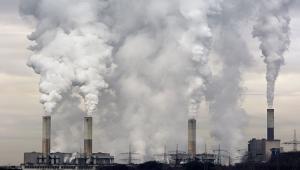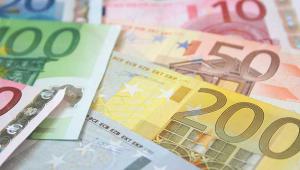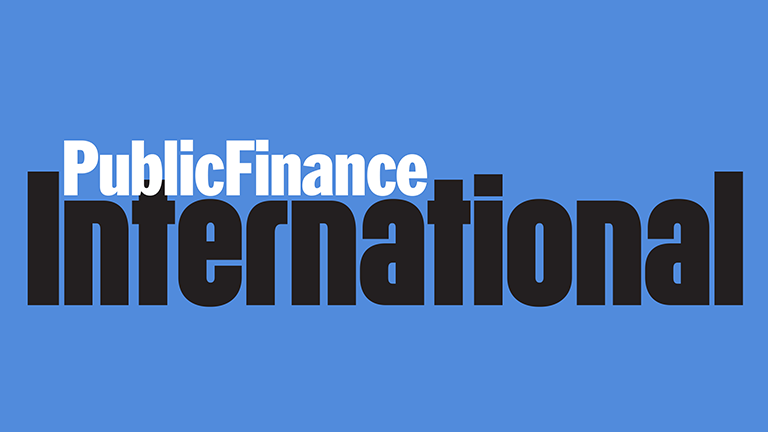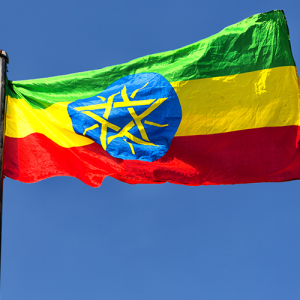Philippines looks to external finance to fund deficit and infrastructure projects
11 Feb 21
The Philippines hopes to secure $23.7bn in financing from external sources in 2021, to bridge its budget deficit and provide funds for “priority projects”, the Department of Finance has said.
Did you enjoy this article?
to receive daily news from Public Finance International to your inbox















